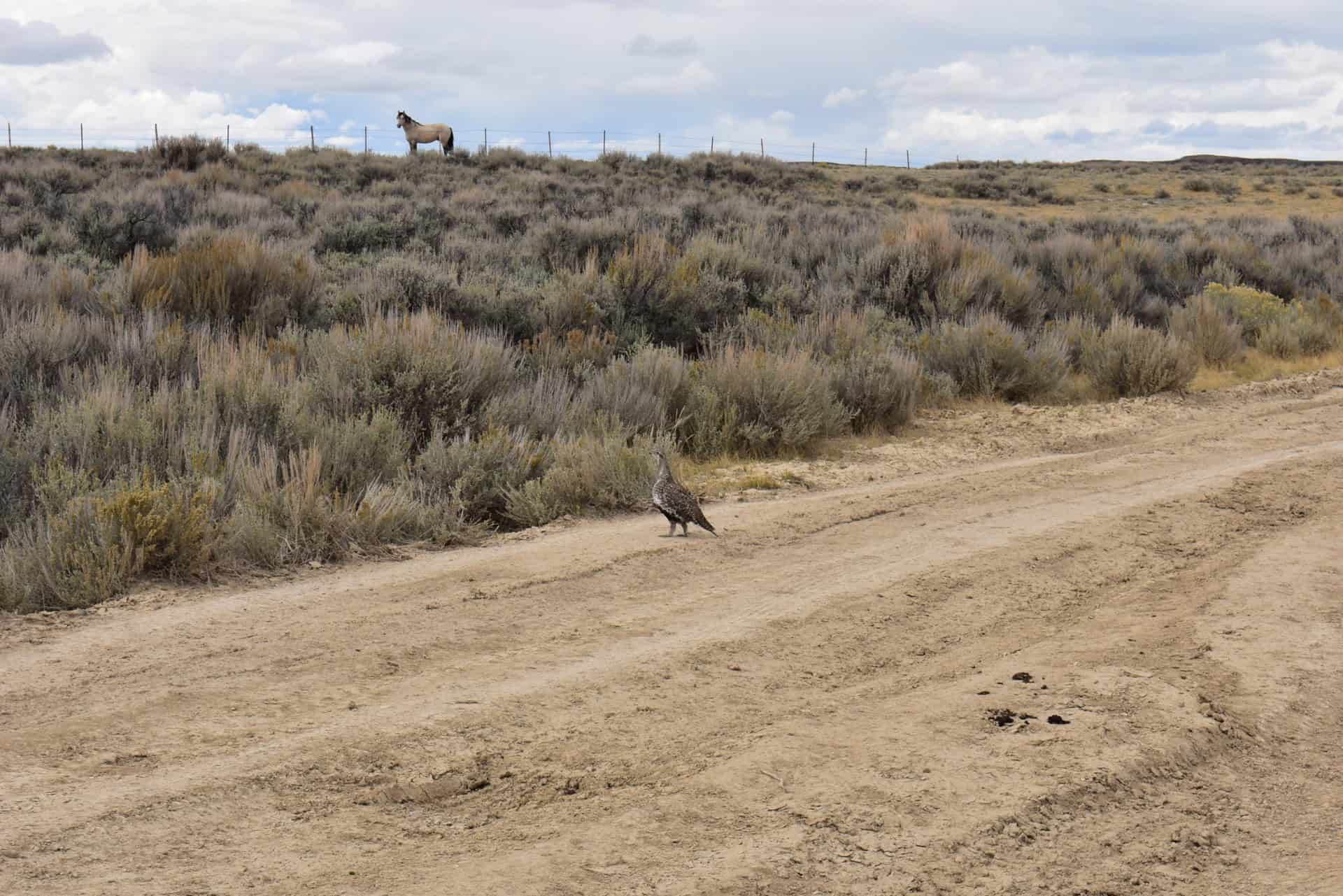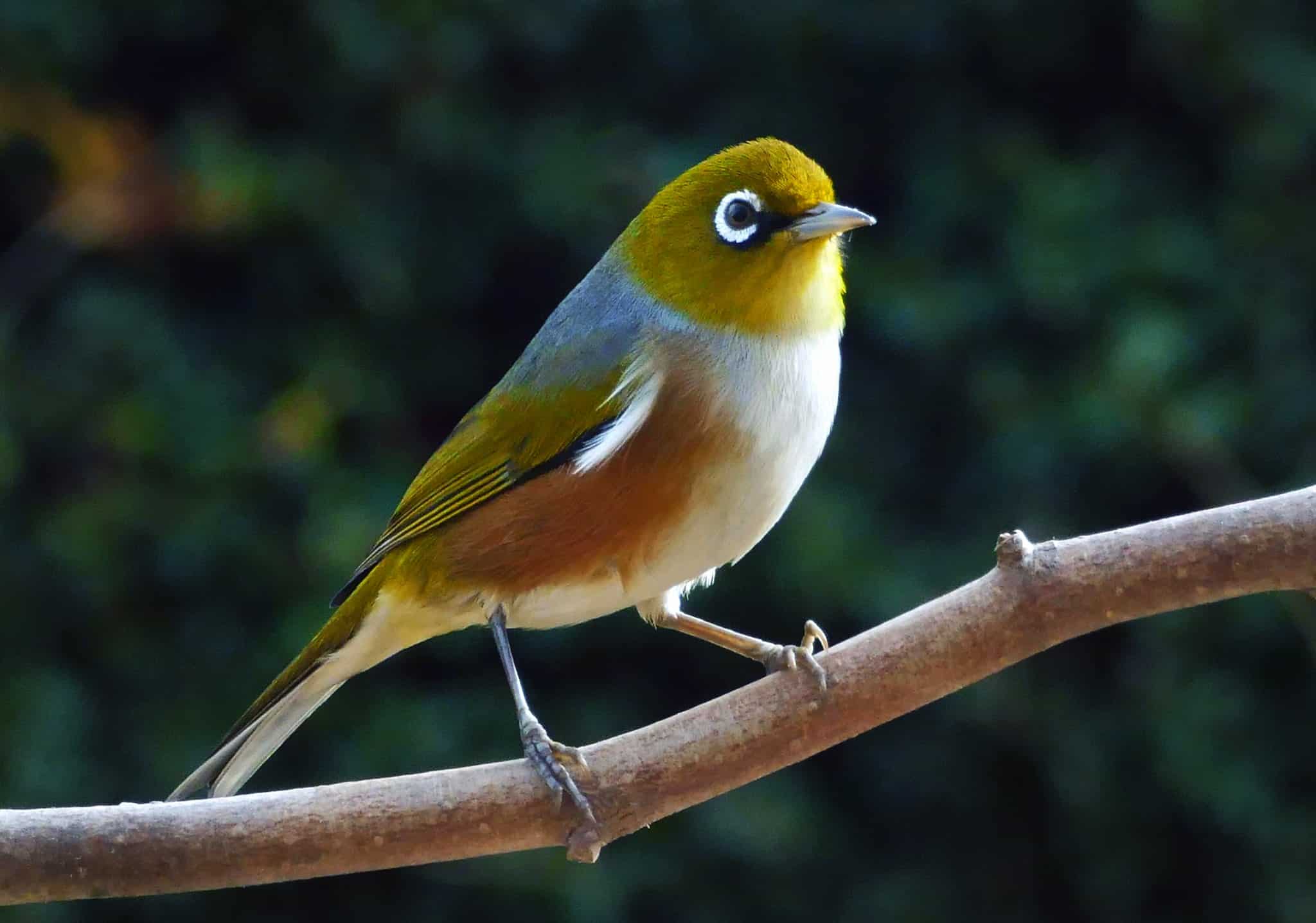Share this article
San Joaquin Valley Chapter hosts California condor field trip
This article originally appears in the San Joaquin Valley Chapter of The Wildlife Society’s March 2019 newsletter. Photos from the field trip are also included in the newsletter.
The San Joaquin Valley Chapter of The Wildlife Society hosted a field trip to the Bitter Creek National Wildlife Refuge on Nov. 7, 2018 for stakeholders in the San Joaquin Valley portion of the California condor (Gymnogyps californianus) range to see these magnificent birds “up-close and personal.”
The objective of this trip to the refuge was to assemble the significant land owners, wildlife agencies, land management agencies, community servicesdistricts and local government representatives to see the condors during capture, radio telemetry fitting, health checks and releases to foster an understanding of the science and management of these endangered animals.
Joseph Brandt, the U.S. Fish and Wildlife Service California Condor Recovery Program supervisory wildlife biologist, and his team in the program explained the monitoring history and activities for the birds, distributions and flight movements, nesting and foraging habitat use, threats to recovery and human-condor conflicts. During the visit, the recovery program captured and processed several birds, and some participants were given the opportunity to hold the rear end of the birds while staff fit the birds with radios and drew their blood.
The Chapter hosted representatives from Tejon Conservancy, Wind Wolves Preserve, Los Padres and Sequoia National Forests, Bureau of Land Management, Golden Valley, Bear Valley Springs, and Stallion Springs Community Services Districts, Region 4 CDFW staff, Sacramento USFWS staff and Kern County Supervisor Zack Scrivner. Along with the USFWS staff discussions, biologists from the Wildlife Studies Institute conducted a live-fire demonstration of lead and non-lead bullet fragmentation in barrels of water. They placed an emphasis on the role of lead fragmentation in game gut piles and wildlife carcasses. They also discussed that ingestion of lead is the primary threat to California condor health, populations and recovery. They pointed out that the ballistic characteristics of newly produced non-lead bullets often exceed that of traditional lead bullets.
The San Joaquin Valley Chapter hosted this field trip for wildlife professionals to share a wildlife experience with stakeholders and provide information about the science and management employed to conserve wildlife resources. They hope this is the first in a series of stakeholder field trips to promote an understanding of the wildlife profession and wildlife conservation issues.
Header Image: A California condor soars above the Los Padres National Forest. ©USFWS








